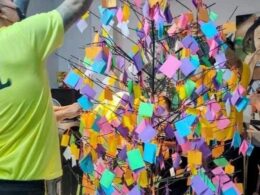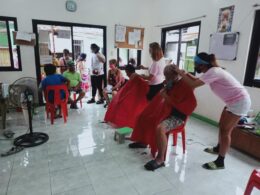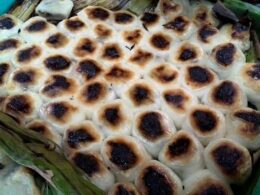Aguinaldo Shrine
The most famous historical landmark in Kawit is the Aguinaldo Shrine. This is the ancestral home of the first Philippine President, Emilio Aguinaldo. It is where he declared the country’s independence on June 12, 1898. Aguinaldo Shrine has since become a museum with exhibits showcasing displays artifacts, memorabilia, and photographs, documents of Aguinaldo’s life and the revolution open for public.
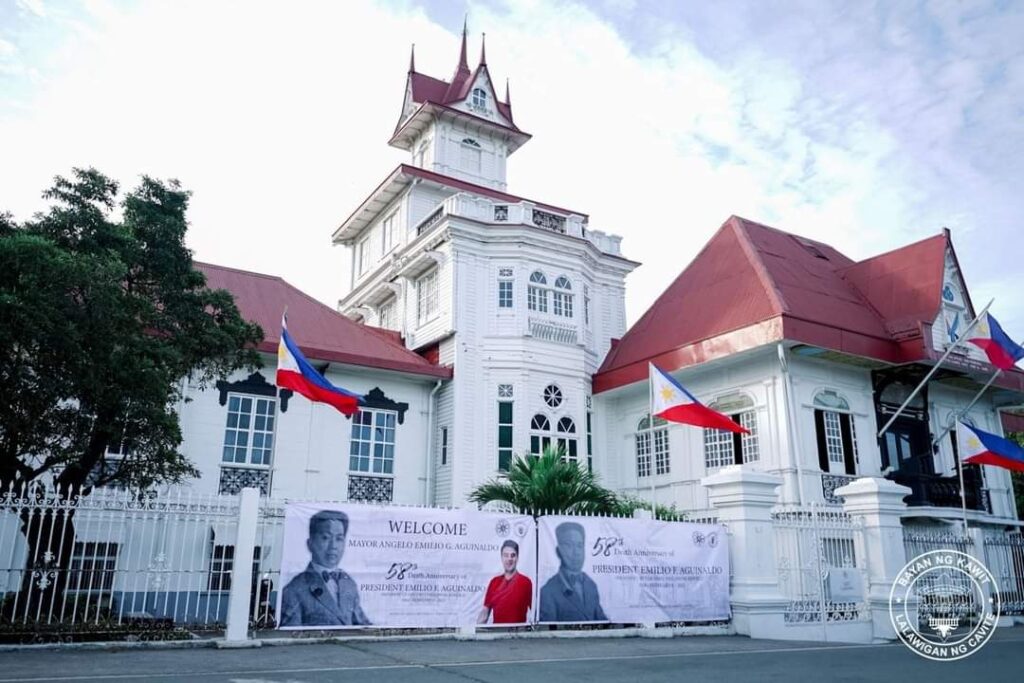
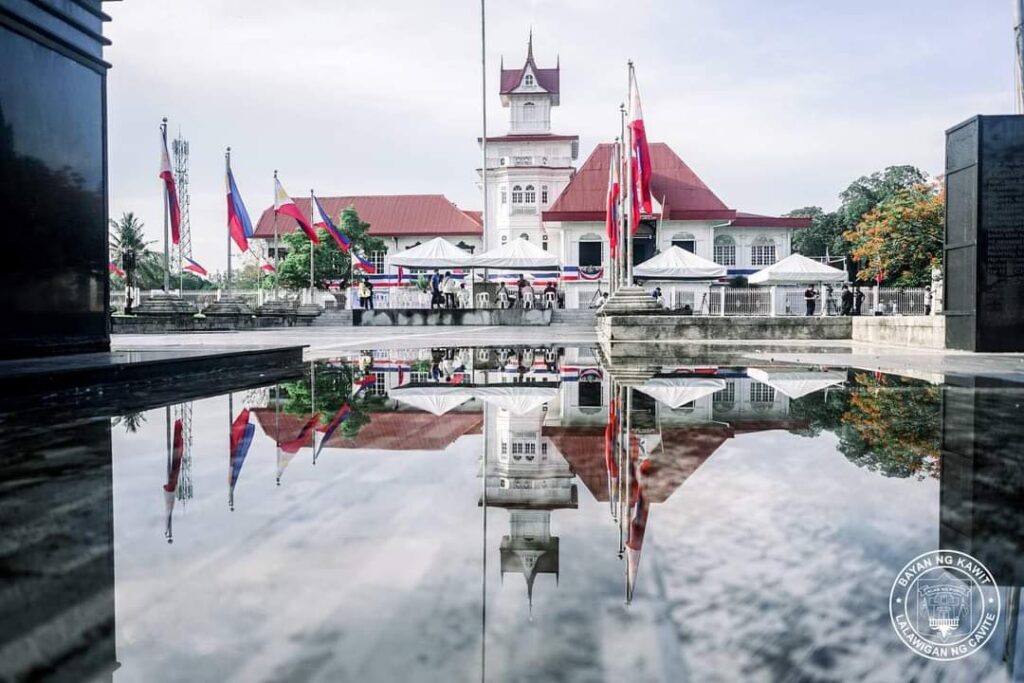
Photo courtesy of Mayor Angelo Aguinaldo FB Page
Irasan
Salt making is an industry in Kawit with a written history that dates back to at least the early 1600s. Irasan (salterns) are composed of salt pans or “pansol” where seawater is evaporated to produce salt. This has been a traditional livelihood that has passed down from generation to generation. Regrettably, Irasan is gradually fading due to conversion of agricultural land to residential area.
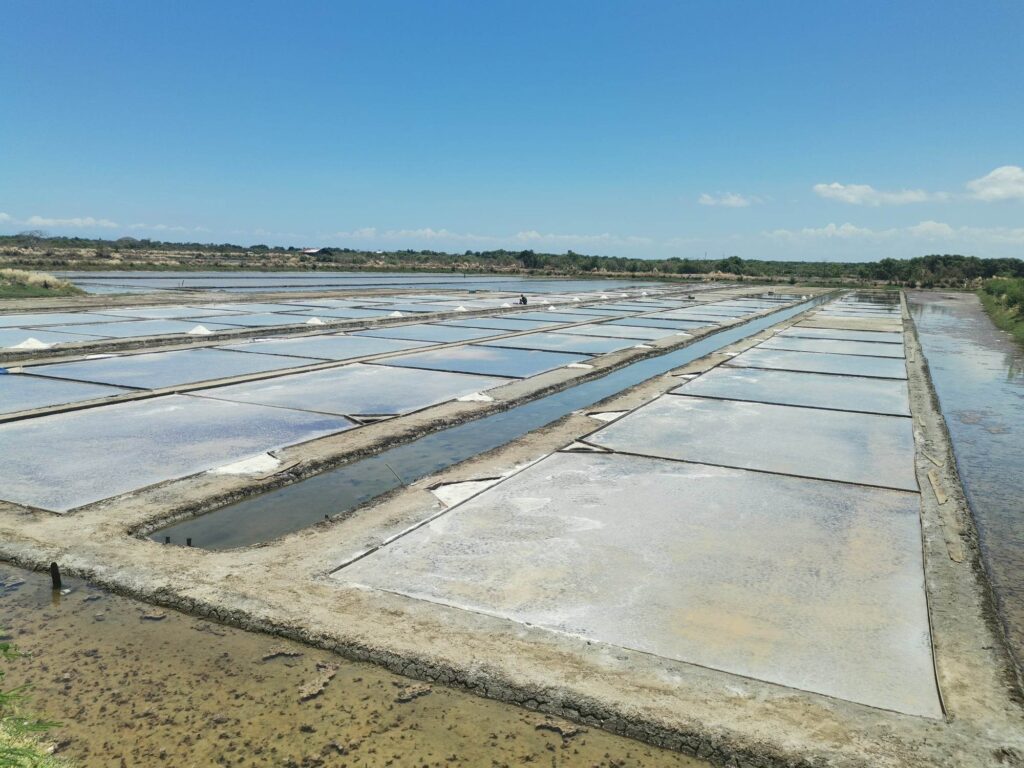
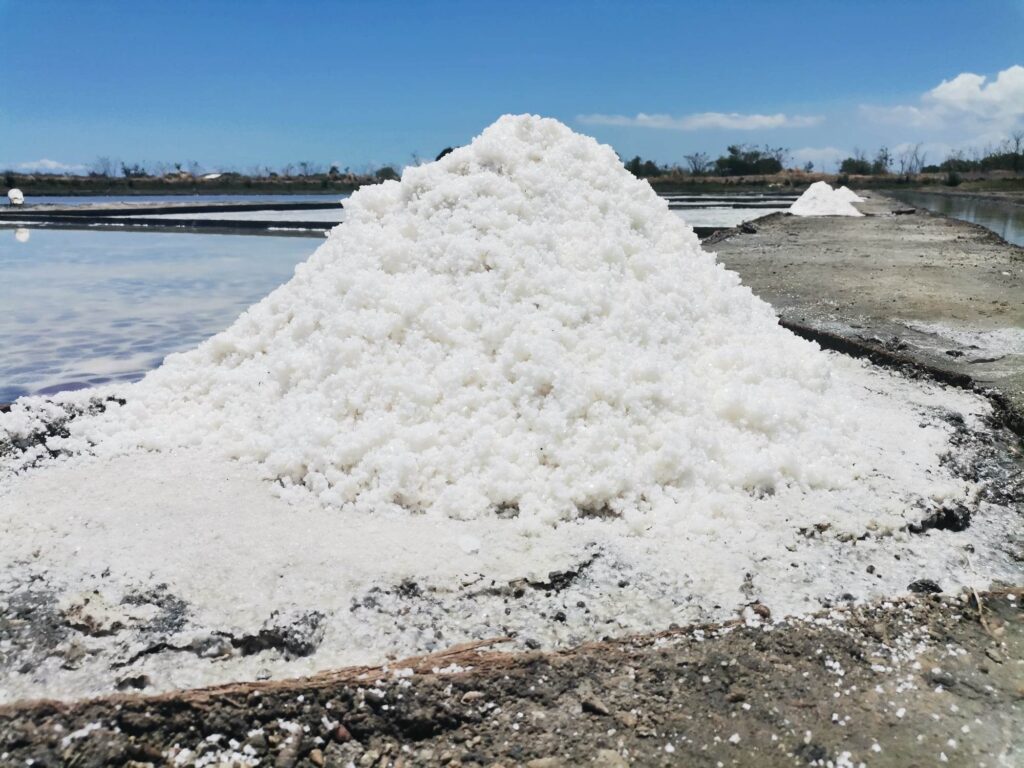
TCR Stock Photo
Baldomero Aguinaldo Shrine
This museum is dedicated to Baldomero Aguinaldo, cousin of Emilio Aguinaldo. This served as the headquarters of the revolutionary forces during the Philippine Revolution in the 19th century. The museum displays various artifacts, letters, weapons and documents that tell the story of the Aguinaldo family and their involvement in the revolution.

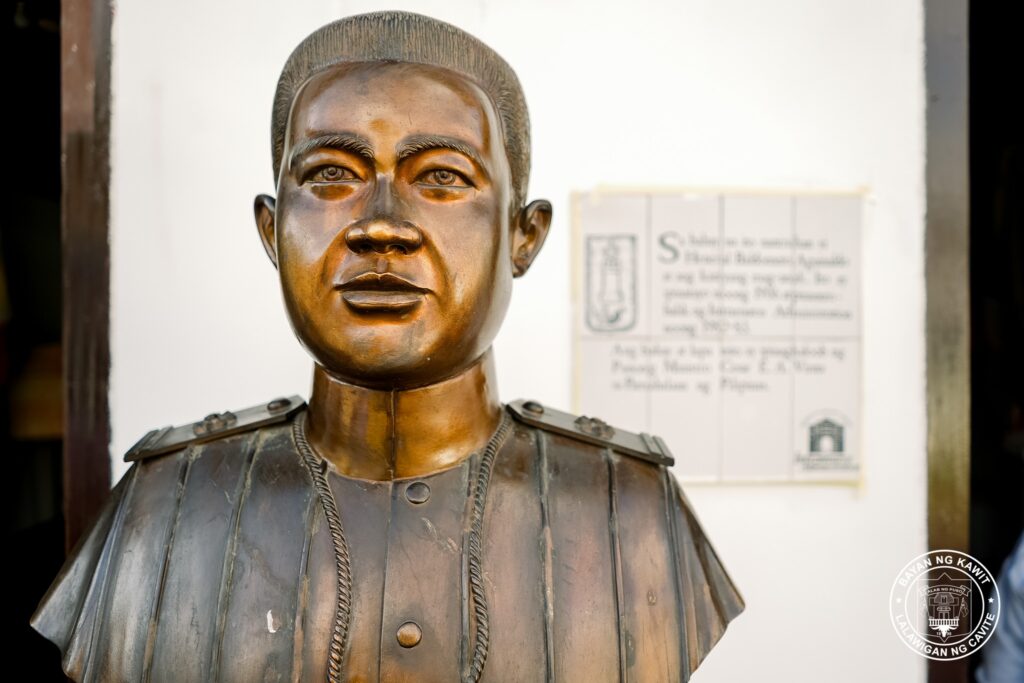
Photo courtesy of Mayor Angelo Aguinaldo FB Page, NHCP Museo ni Baldomero FB
St. Mary Magdalene Church
Built in 1737, this church is one of the oldest baroque-style structures in the country. It is where Emilio Aguinaldo was baptized. During the Philippine Revolution, the church served as a refuge for revolutionaries, and it was the site of the Tejeros Convention in 1897, where the country’s first presidential election was held.
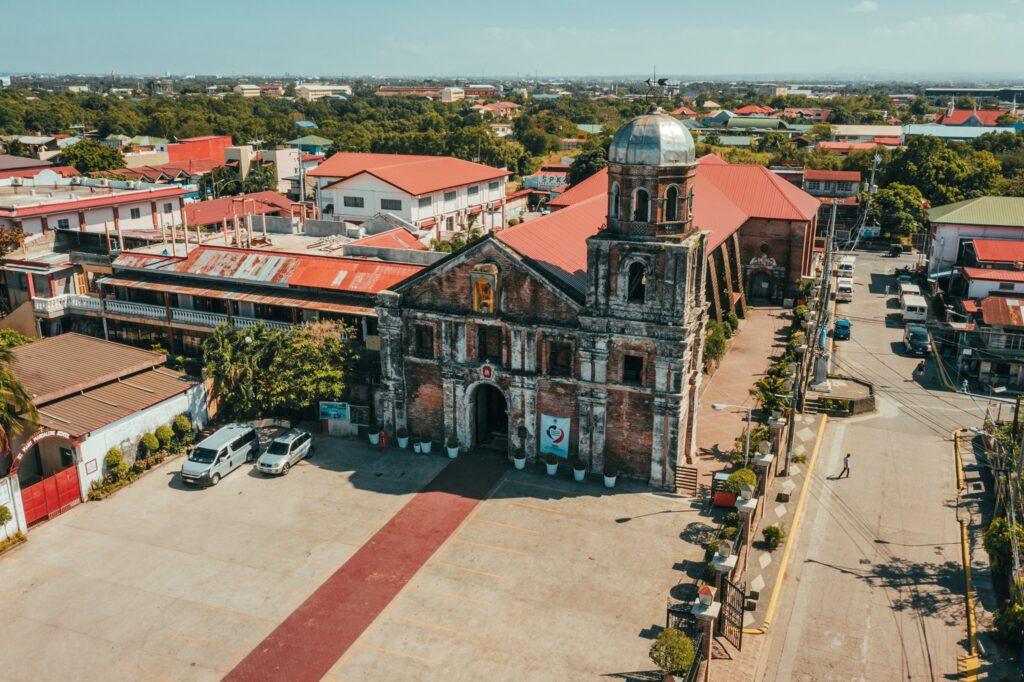
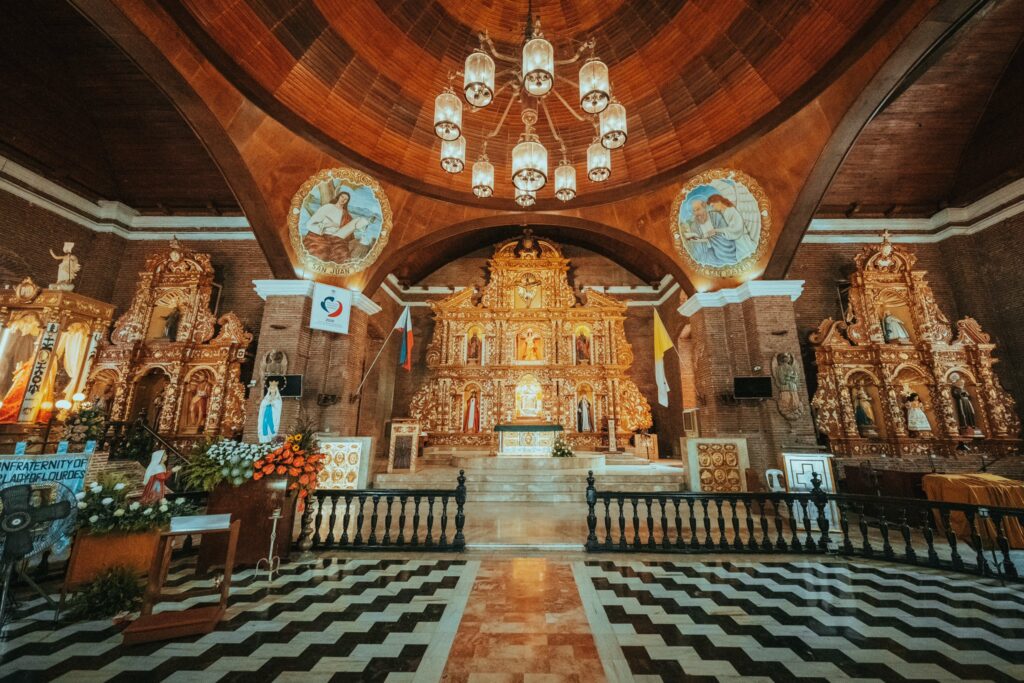
Photo courtesy of DiscoverMNL via Twitter
Battle of Binakayan Monument
Erected in 1967, this monument commemorates the Battle of Binakayan, a significant event during the Philippine-American War that took place in Kawit in 1899. The monument depicts the brave Filipino soldiers who fought for their country’s freedom against the American forces.
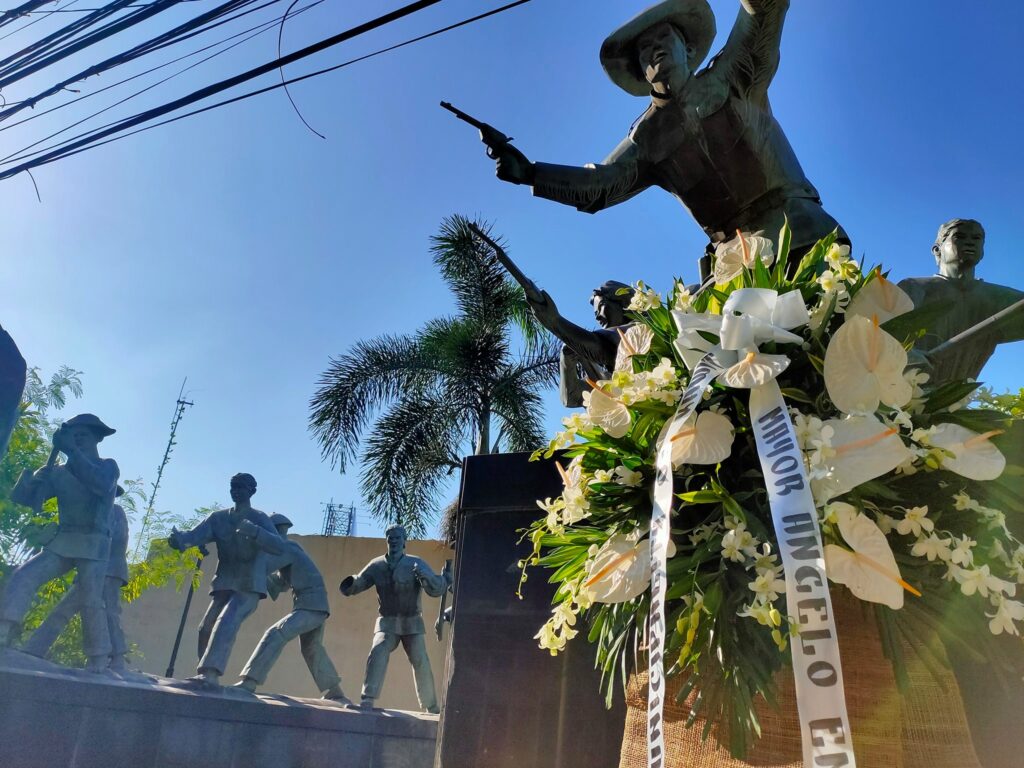
Photo courtesy of Kawit Tourism FB Page
Pandayan
Pandayan is a must-experience place when you visit Kawit. The blacksmith shops are few meters away from the house of Emilio Aguinaldo. During the peak of the revolution, it was believed that there were around 45 blacksmith shops in the area, which employed thousands of skilled workers and produced countless bolos and daggers that were used by the revolutionaries in the initial phase of the uprising. Currently, there are only a few pandays left that showcase the traditional way of making crafted weapons.
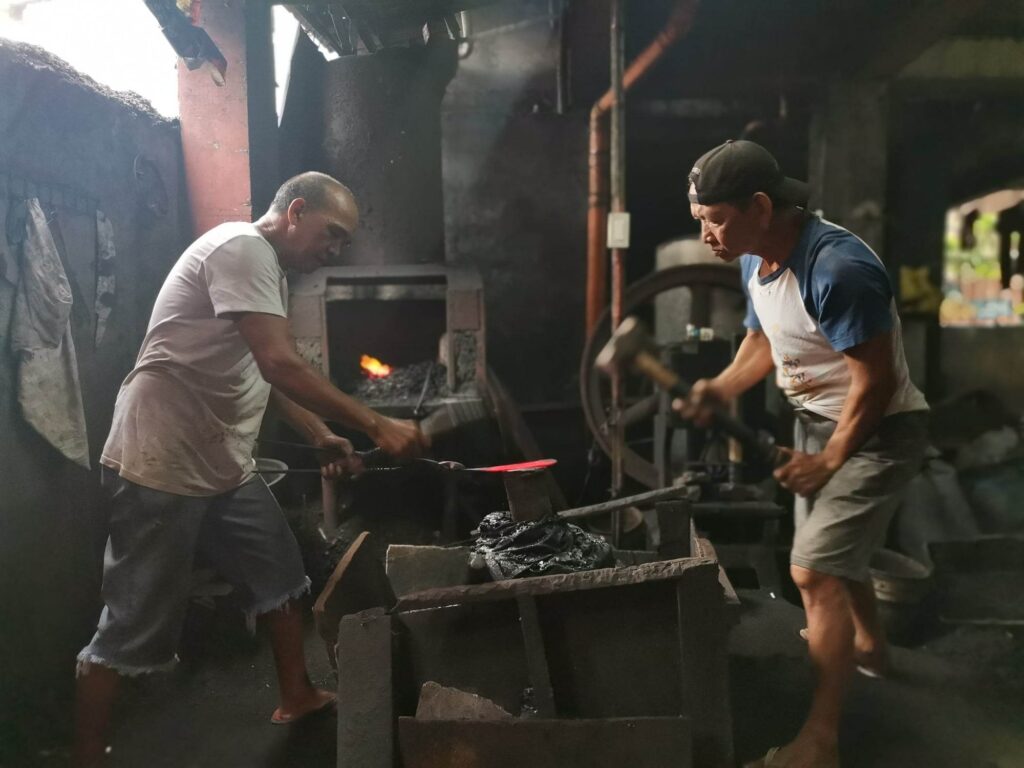
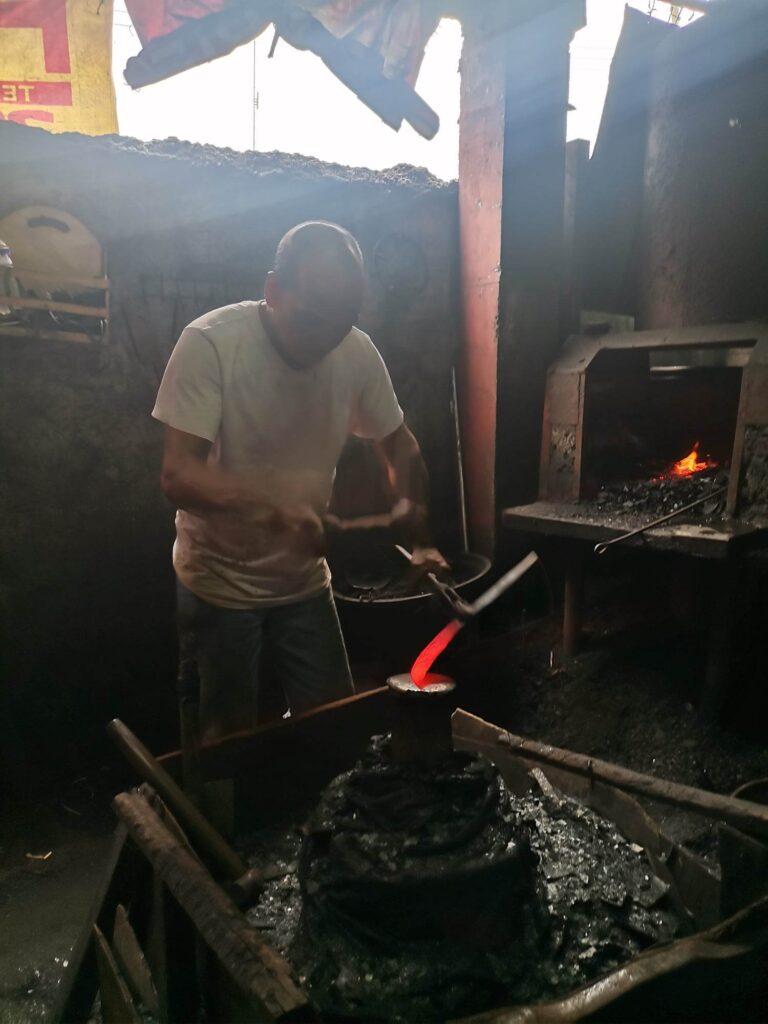
TCR Stock Photo






